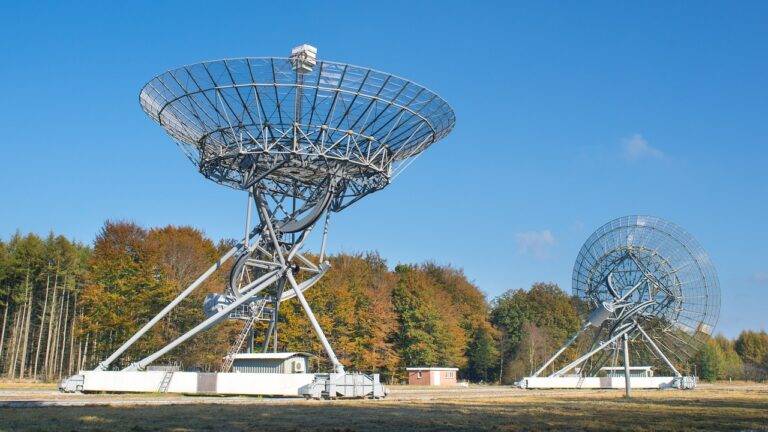Smart Cities: Harnessing Technology for Urban Development
Rapid urbanization presents numerous challenges for cities worldwide. As populations flock to urban areas seeking better opportunities, cities struggle to keep pace with the infrastructure needed to support this influx. Basic services such as housing, transportation, and sanitation often become strained, leading to issues like overcrowding, traffic congestion, and inadequate waste management.
Moreover, the rapid expansion of urban areas can exacerbate environmental degradation, as natural habitats are cleared to make way for buildings and roads. This can lead to increased pollution, loss of biodiversity, and a rise in urban heat island effects. Balancing the need for development with sustainability is crucial in addressing the challenges of urbanization while safeguarding the well-being of both city dwellers and the environment.
History of Smart City Initiatives
Smart city initiatives date back several decades, with the concept gaining traction in the early 21st century. Recognizing the need for sustainable urban development, governments and organizations around the world began investing in technology-driven solutions to improve efficiency and enhance quality of life for residents in cities.
The first wave of smart city initiatives focused on leveraging data and technology to optimize resource management, transportation systems, and energy efficiency. Cities like Barcelona, Singapore, and Seoul emerged as pioneers in implementing smart solutions to address pressing urban challenges. Over time, these initiatives have evolved to encompass a wide range of sectors, including healthcare, education, and public safety, shaping the future of urban living.
What are some of the challenges of urbanization that smart city initiatives aim to address?
Some of the challenges of urbanization include overcrowding, traffic congestion, pollution, inadequate infrastructure, and inefficient public services. Smart city initiatives aim to address these challenges through the use of technology and data-driven solutions.
When did the concept of smart cities first emerge?
The concept of smart cities first emerged in the late 20th century, with early efforts to incorporate technology and innovation into urban planning and development.
How have smart city initiatives evolved over time?
Smart city initiatives have evolved from early experiments in using technology to address specific urban challenges to comprehensive, city-wide strategies that incorporate a wide range of cutting-edge technologies and data analytics.
What are some examples of successful smart city initiatives around the world?
Some examples of successful smart city initiatives around the world include Singapore’s Smart Nation program, Barcelona’s use of sensors and data analytics to improve urban services, and Amsterdam’s efforts to become a fully sustainable and connected city.
What are some key principles that guide smart city initiatives?
Some key principles that guide smart city initiatives include the use of data and technology to improve urban services, promote sustainability and resilience, enhance citizen engagement, and create a more efficient and livable urban environment.





